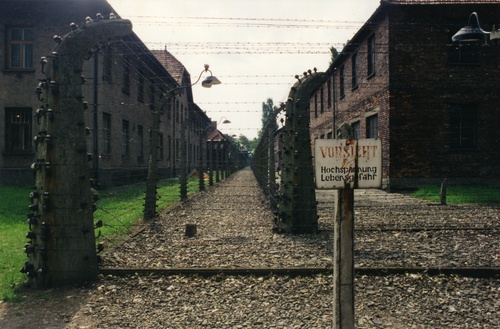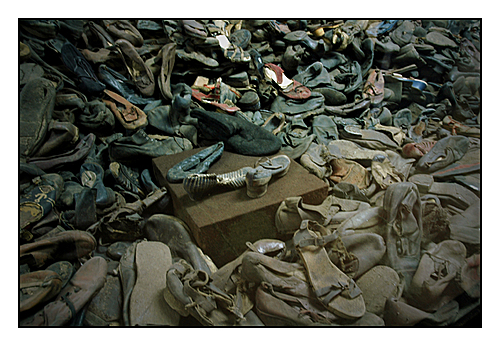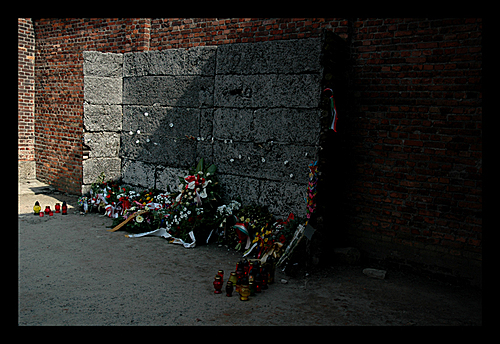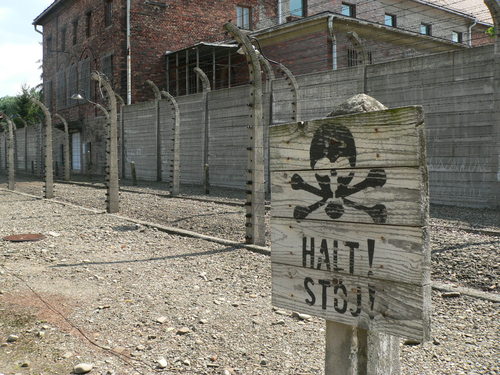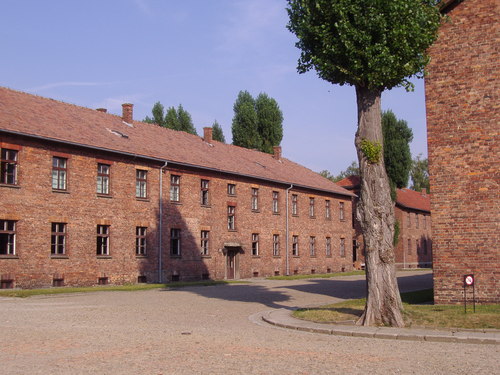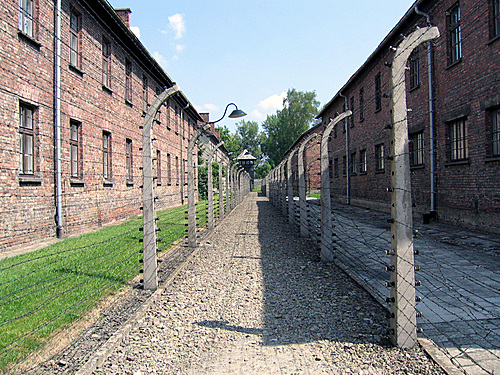This part of Poland was annexed by Nazi Germany, Oswiecim (Auschwitz) was located administratively in Germany, Province of Upper Silesia, Regierungsbezirk Kattowitz, Landkreis Bielitz. It was first suggested as a site for a concentration camp for Polish prisoners by SS-Oberführer Arpad Wigand, an aide to Higher SS and Police Leader for Silesia, Erich von dem Bach-Zelewski. Bach-Zelewski had been searching for a site to house prisoners in the Silesia region, as the local prisons were filled to capacity. Richard Glücks, head of the Concentration Camps Inspectorate, sent former Sachsenhausen concentration camp commandant Walter Eisfeld to inspect the site, which already held sixteen dilapidated one-story buildings that had once served as an Austrian and later Polish Army barracks and a camp for transient workers. Reichsführer-SS Heinrich Himmler, head of the Schutzstaffel (SS), approved the site in April 1940, intending to use the facility to house political prisoners. SS-Obersturmbannführer (lieutenant colonel) Rudolf Höss oversaw the development of the camp and served as the first commandant. SS-Obersturmführer (senior lieutenant) Josef Kramer was appointed Höss's deputy. Auschwitz I, the original camp, became the administrative center for the whole complex.
Local residents were evicted, including 1,200 people who lived in shacks around the barracks. Around 300 Jewish residents of Oświęcim were brought in to lay foundations. From 1940 to 1941, 17,000 Polish and Jewish residents of the western districts of Oświęcim were expelled from places adjacent to the camp. The Germans also ordered expulsions from the villages of Broszkowice, Babice, Brzezinka, Rajsko, Plawy, Harmeze, Bor, and Budy. German citizens were offered tax concessions and other benefits if they would relocate to the area. By October 1943, more than 6,000 Reich Germans had arrived. The Nazis planned to build a model modern residential area for incoming Germans, including schools, playing fields, and other amenities. Some of the plans went forward, including the construction of several hundred apartments, but many were never fully implemented. Basic amenities such as water and sewage disposal were inadequate, and water-borne illnesses were commonplace.
The first prisoners (30 German criminal prisoners from the Sachsenhausen concentration camp) arrived in May 1940, intended to act as functionaries within the prison system. The first mass transport to Auschwitz concentration camp, which included Catholic prisoners, suspected members of the resistance, and 20 Jews, arrived from the prison in Tarnów, Poland, on June 14, 1940. They were interned in the former building of the Polish Tobacco Monopoly, adjacent to the site, until the camp was ready.
The inmate population grew quickly as the camp absorbed Poland's intelligentsia and dissidents, including the Polish underground resistance. By March 1941, 10,900 were imprisoned there, most of them Poles. By the end of 1940, the SS had confiscated land in the surrounding area to create a 40-square-kilometre (15 sq mi) "zone of interest" surrounded by a double ring of electrified barbed wire fences and watchtowers. Like other Nazi concentration camps, the gates to Auschwitz I displayed the motto Arbeit macht frei ("Work brings freedom").




